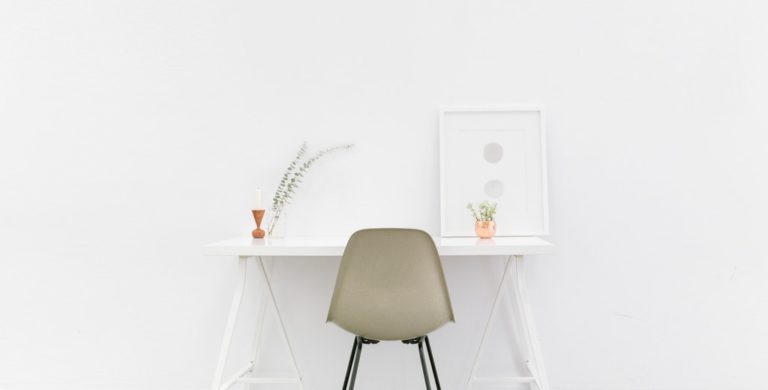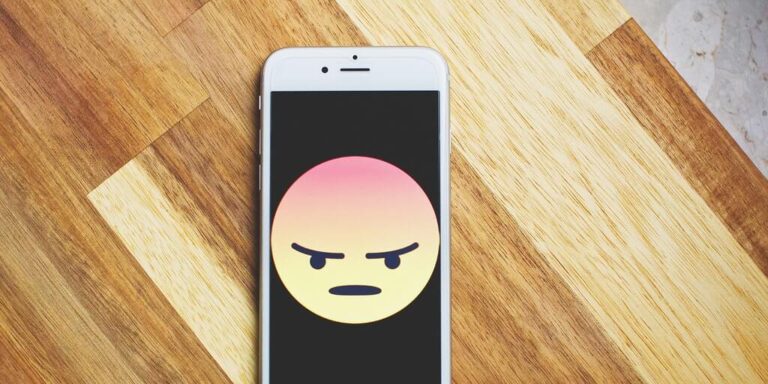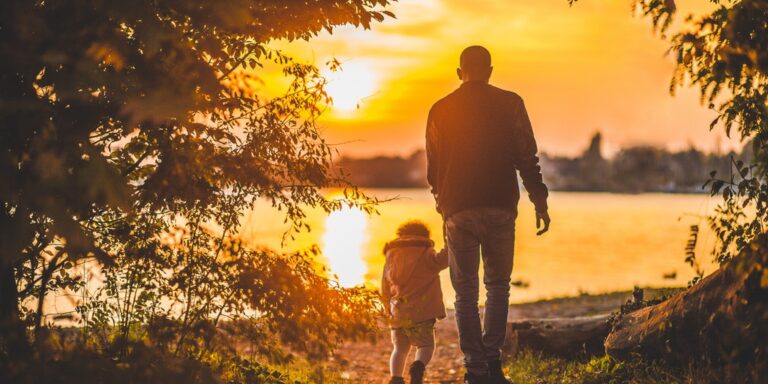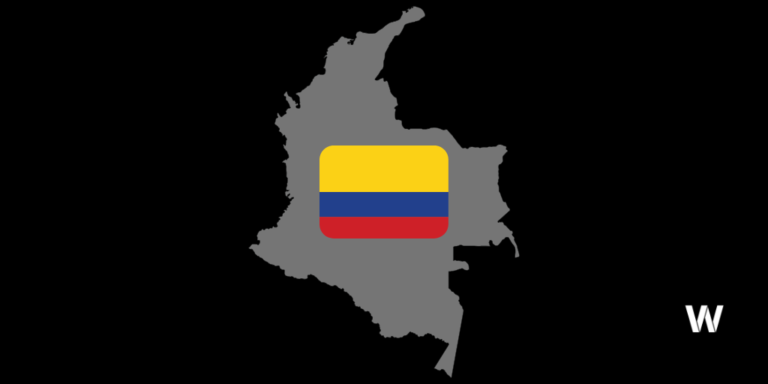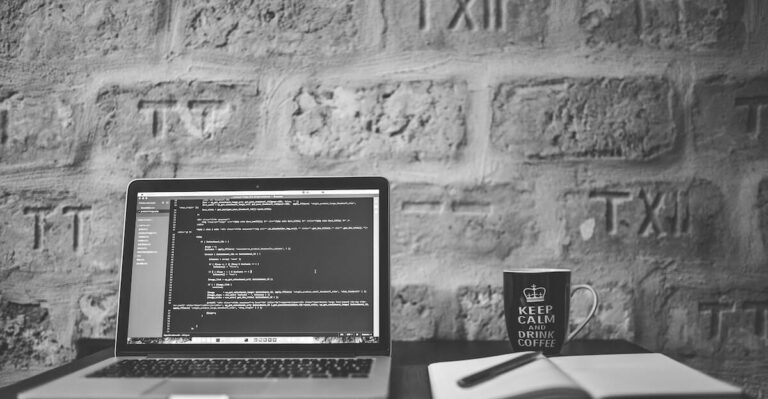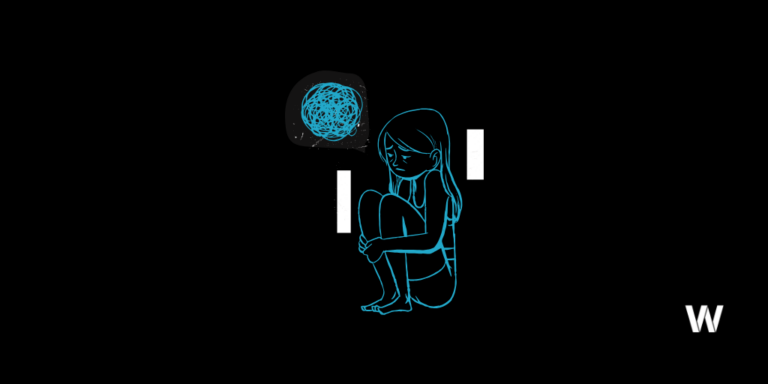How Minimalism Changed My Life
By Warren Wong
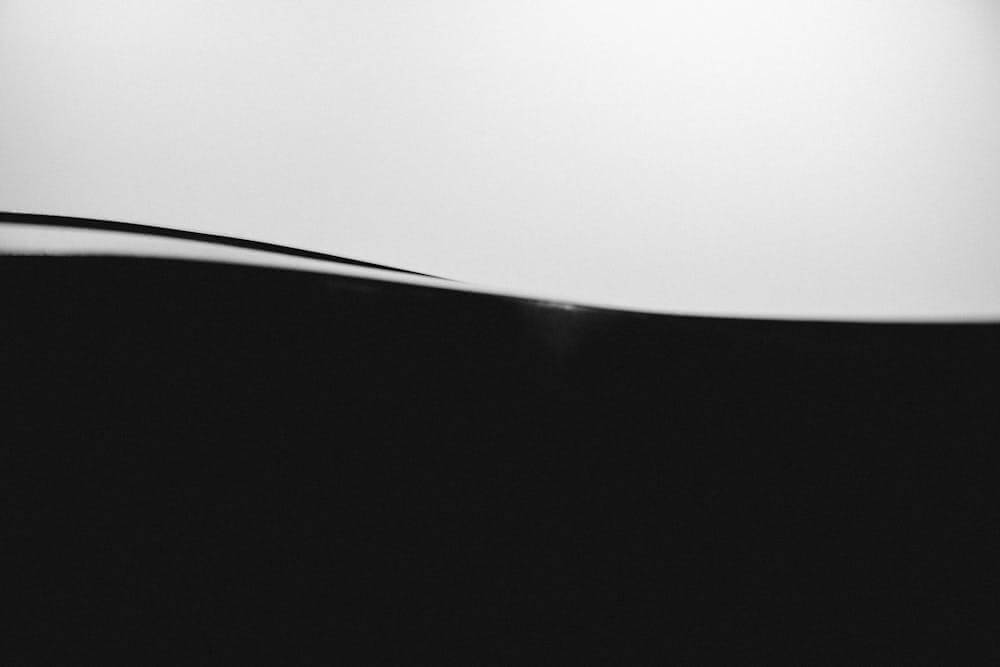
This is the story of how minimalism changed my life. It was sort of a fly by afterthought. When I first discovered minimalism, I thought the idea was ridiculous. It flew in the face of everything that was ingrained in me growing up, that more was better. Where I’m from, we learn this early. Whether it’s from the constant barrage of advertisements to immigrant parent’s hoarding tendencies stemming from a scarcity mindset, I subconsciously learned that more was better. That scarcity mindset somehow got passed onto me and I only realized that I had a problem when the “noise” was just too much.
There was a saving grace and that was minimalism. Like a little seed that was planted in my consciousness, it happened as a passing afterthought. It was really slow and took a while for it to start growing, not for the lack of neglect. When I first heard of minimalism, I didn’t think too much of it, just another “ism” that wasn’t for me.
What is Minimalism
Firstly, let’s get on the same page on what minimalism is and isn’t. Minimalism could best be summarized by, less is more. However, its application to daily living is where it gets more nuanced. Perhaps, by elimination we can better understand minimalism. Minimalism isn’t about the aesthetic of a clean, muted, well groomed home that looks good on Instagram. Minimalism isn’t concerned about how much you can declutter so you can say I only own 50 items. Minimalism isn’t about owning less for less sake. It’s about cleaning up your physical and mental space in order to live your best life, whatever that means for you, because minimalism is personal.
Stage 1: Getting Rid of Things
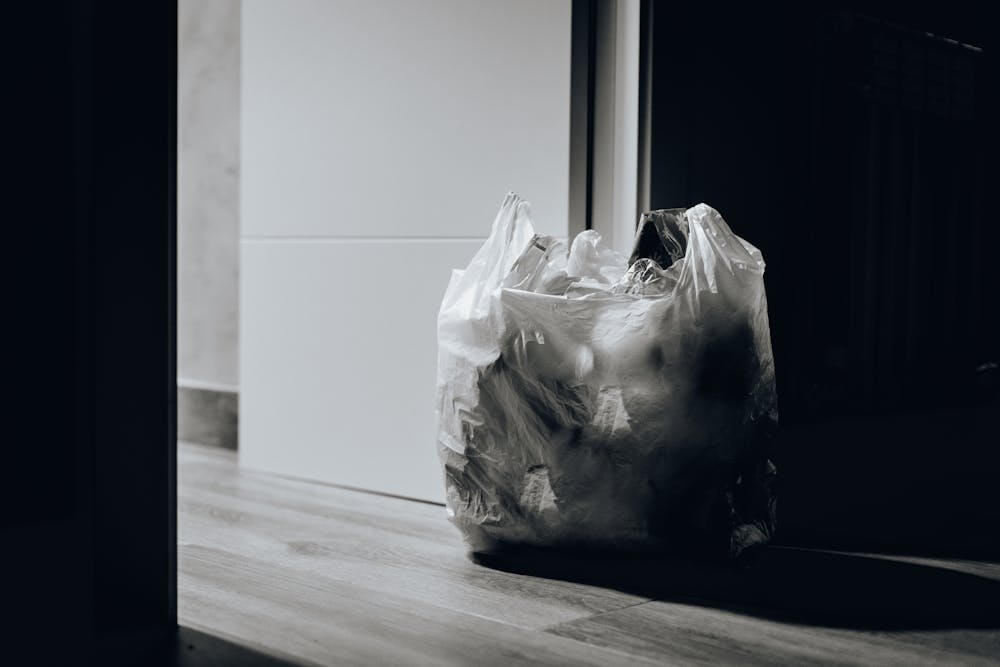
Gradually, the question shifted from what is minimalism to, how can I apply this to my life? And that’s where it all began. As with all big goals, my approach was the same, bite by bite. In order to achieve the holy grail of minimalism, I needed to be methodical. Like most newcomers, I started with things. I started looking around my surroundings figuring out what things had to go. Things that didn’t serve me. Things that were distractions. Things that were noisy. Things that made me feel negative emotions. These things were either donated, given to friends, sold, or thrown out.
The process took years. It didn’t happen all at once, and came in waves. When all was said and done, I probably got rid of at least 20 to 30 extra large garbage bags worth of things. After the GoodWill drop-off, I felt a sense of relief. These things, albeit on my shelves, in closets, or hanging on the walls, had a weight to them. Now that they were removed from my life, I felt lighter. And it was noticeable. From my day to day life, decisions were easier made, I came back home to a clutter life existence, and my general anxiety of things and options were whittled down to the things that mattered.
Stage 2: Minimalism as a Principle
Throughout the process of getting rid of physical things, I discovered what I call stage 2 of minimalism. On my minimalist journey, I figured that these ideas don’t only apply to physical things, but other areas of my life too. Some examples are personal finances, relationships, experiences, my health, and career. I started taking a look at what could be reduced or eliminated. Do I need 7 different streaming services? Do I prefer expensive nights out in town or traveling to a different country? Does this person value me as I value them? Do they add to my life or do they just take? Do I really want to say yes, or should I say no? If it’s not a hell yes, it’s a no. And so through this process, I started whittling things down to just the things that add to my life. Things that make me happy. People who value me. Experiences that make life richer. So if you had to ask me many years ago, when I first came across minimalism, if it was going to change my life, I probably couldn’t tell you. But now, I answer with a resounding yes. Yes, minimalism changed my life.
These are the most important principles I learned through my minimalist journey.
The Consumerism Trap
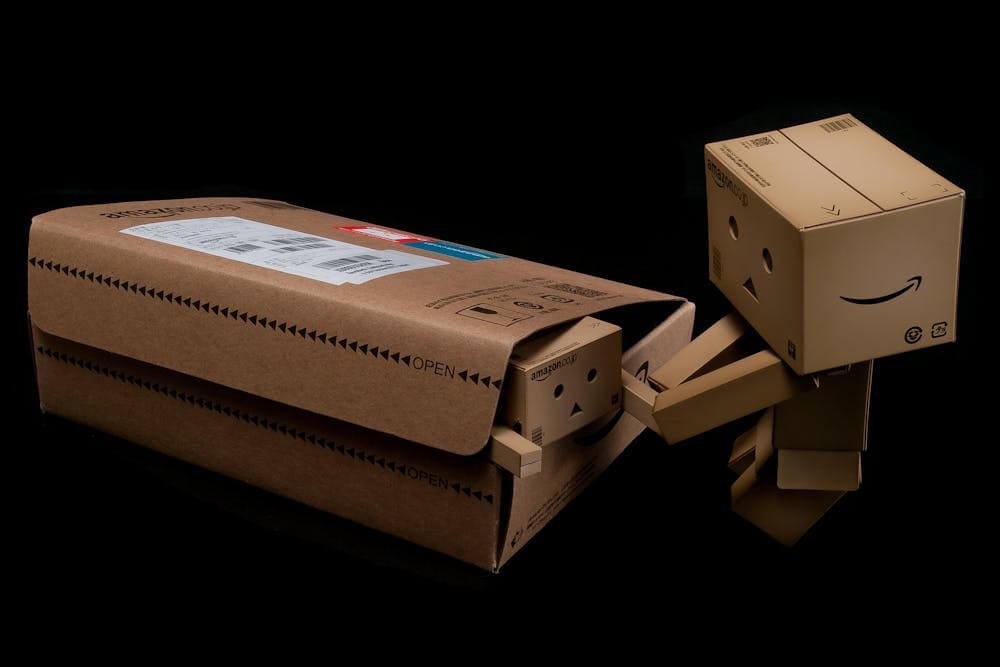
Consumerism keeps you trapped. Buying things with money you don’t have to impress people that you don’t like is too common. Coupled with corporations spending billions of dollars on marketing and building AI driven algorithms to track, target, and deliver specialized ads to you 24/7 it’s hard not to get addicted to a cycle of earn, click, spend. There’s something evil about how these computers know exactly the type of ads to serve you based on your search history and social media consumption patterns; it’s almost as if big corporations are selling your information to the highest bidder. Oh wait, they are. Check the terms and conditions that are 100 pages long in 11 font, and legalease that would put anyone to sleep. It’s in this fine print that you are agreeing to have your data to be sold to the highest bidder, data brokers. Whether you embrace minimalism or not, being aware of our consumerist tendencies can help us make more intentional choices.
Quality over Quantity
Spend lavishly on things you love, and cut out the ones that don’t serve you. Perhaps contradictory to what some minimalists would have you believe, minimalism isn’t about just subtracting from your life. I believe that being intentional with what we allow into our lives is just as important. No matter where you’re at on the spectrum of novice to extreme minimalist, this idea can be beneficial. Take account of what you really enjoy. If you really enjoy traveling and it adds value to your life, gives it meaning, and has richer experiences, then it’s a luxury worth purchasing. If expensive nights out with your drinking buddies doesn’t give you the same value as travel does, maybe it’s time to say goodbye to those nights out. It’s a balancing act that gets easier over time.
Happiness Through Less
The realization of how little I needed in order to be happy changed my life. Living in South America months on end with just a 40 liter backpack taught me a few things. I came to the conclusion that the things I owned served a function, but they didn’t give me happiness nor fulfillment. It was the people I met, the experiences I gained, and the memories I created that did. Other than some clothes, my laptop, internet, phone, food, and shelter, there wasn’t much else that I needed. It was freeing to know how little I needed to get by. It also gives me a sense of security, that if anything ever happens, I don’t need a whole lot to get set up again.
Conclusion
As time goes by you figure out what works best for you and discard the things that don’t. Minimalism can be applied to many areas of our lives. What started as an idea changed my mindset on how to live, and what it means to be a minimalist. I would be lying if there are days that I don’t practice minimalist principles; there are still things that I like to buy, times I mindlessly scroll social media and buy meaningless trinkets, but, progress is better than perfection. Aim for progress. Little by little you will get to where you need to go. This is the story of how minimalism changed my life.
